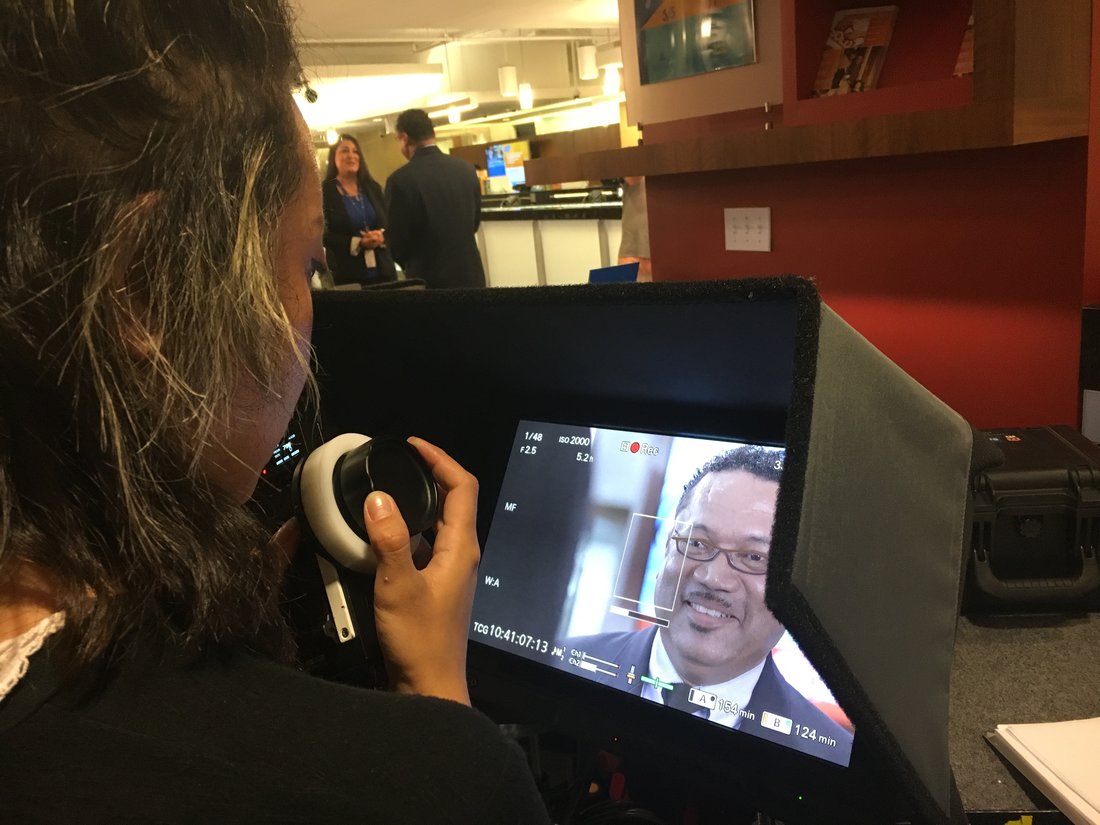Seven Rules of Effective Training Videos

With digital technology now making it easier than ever to train employees or educate customers using online videos, maybe you’re thinking of doing it too. Follow these seven rules and your training videos will not only be educational, but engaging.
Rule #1: Keep it short. Six to nine minutes is the maximum time an average student can watch educational videos before tuning out or turning off, according to studies cited by Vanderbilt University researcher Cynthia J. Brame. On YouTube, popular videos typically top out in the 3- to 9-minute range. Even if your audience is made up of highly attentive professionals, a video exceeding more than a few minutes can be counterproductive.
Rule #2: Focus on essentials. Many experts believe that learning requires new information to be captured and encoded by our short-term working memory before it becomes part of our long-term knowledge. Unfortunately, short-term memory has very limited capacity. Focus your video exclusively on the specific tasks or information you want viewers to learn, rather than material they already know or don’t need.
Rule #3: Speak positively and conversationally. Videos in which instructors speak enthusiastically and fairly quickly are up to twice as interesting to students as slower and more measured remarks, according to a recent study of 6.9 million video viewing sessions. Script your remarks, but keep them conversational and upbeat.
Rule #4: Vary your content. You can’t expect viewers to focus for 10 minutes on a talking head whose position and presentation never change. Instead, mix things up. Shoot some alternative camera angles or closeups for a fresh look. Add slides and graphics for text support. Or even edit in some video clips or animations for helpful illustration of concepts.
Rule #5: Signal key concepts. On-screen keywords, a change in color or the use of graphic symbols can all cue viewers to pay special attention. These techniques also help divide content into chapters or segments, which is invaluable for viewers who wish to pause or revisit sections that are unclear.
Rule #6: Insist on quality audio. We tend to think that visuals are most important, but the same viewers who will sit patiently through a fuzzy, grainy video are surprisingly quick to turn off videos with poor sound. This also applies to dialog that is halting or unpracticed. So insist on good audio setups and smooth, well-rehearsed remarks. It’s easier than trying to edit echoes, background noise or verbal flubs.
Rule #7: Provide support tools. Sharing a few key questions to guide viewers while they watch your video greatly improves recall and understanding. You can also offer follow-up “homework” or host post-video discussions. Bottom line, you want viewers to apply what they’ve just seen while it’s still fresh in their minds.
To help others learn about you, consider learning more about us. Creative Co-op can offer tips and award-winning video expertise, when you call us at (603) 658-1600.
LINKS
https://cft.vanderbilt.edu//cft/guides-sub-pages/effective-educational-videos/
http://up.csail.mit.edu/other-pubs/las2014-pguo-engagement.pdf


